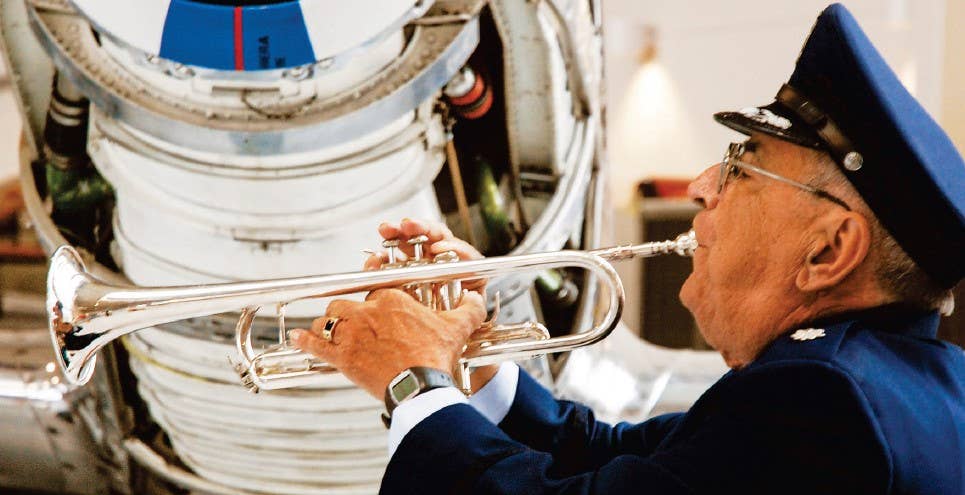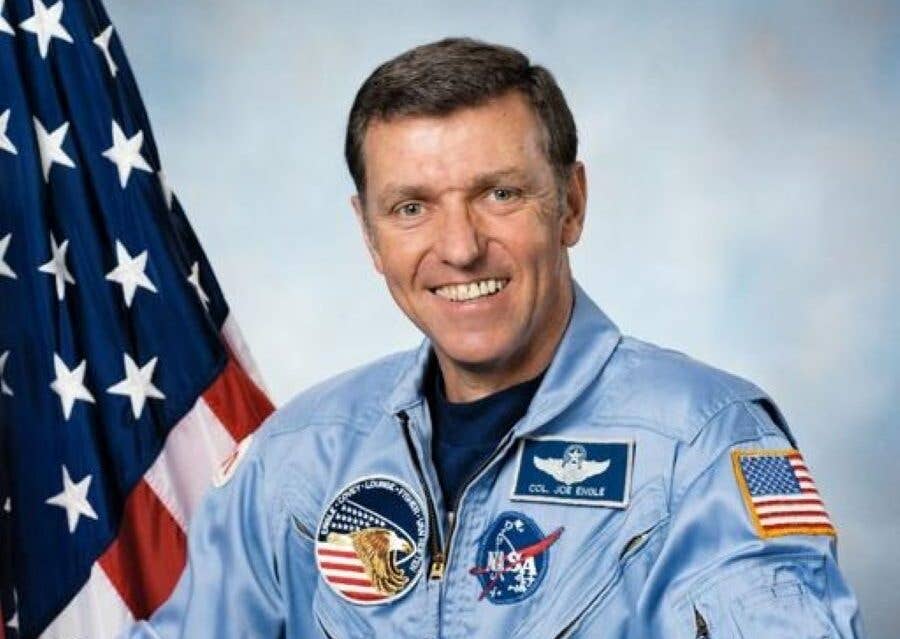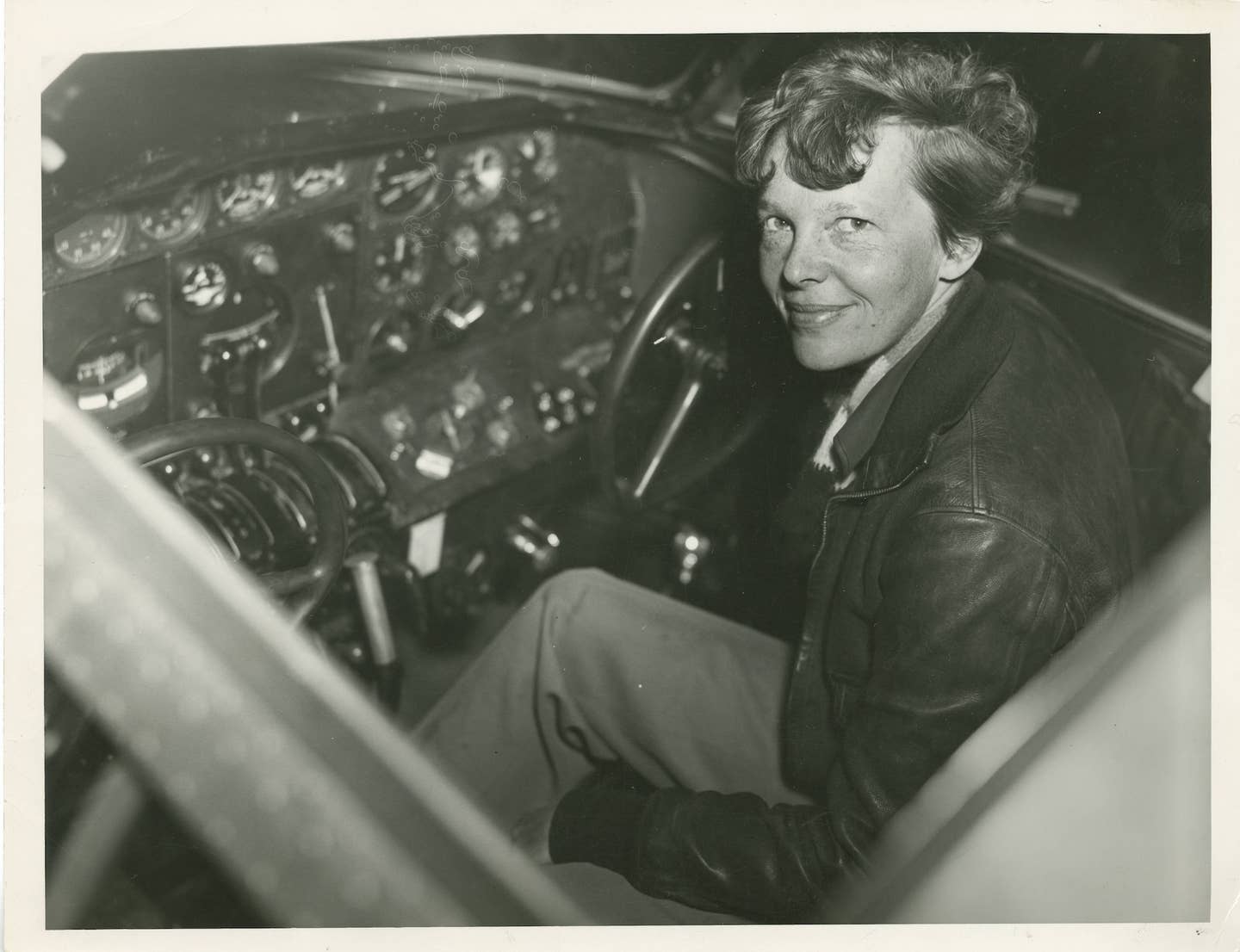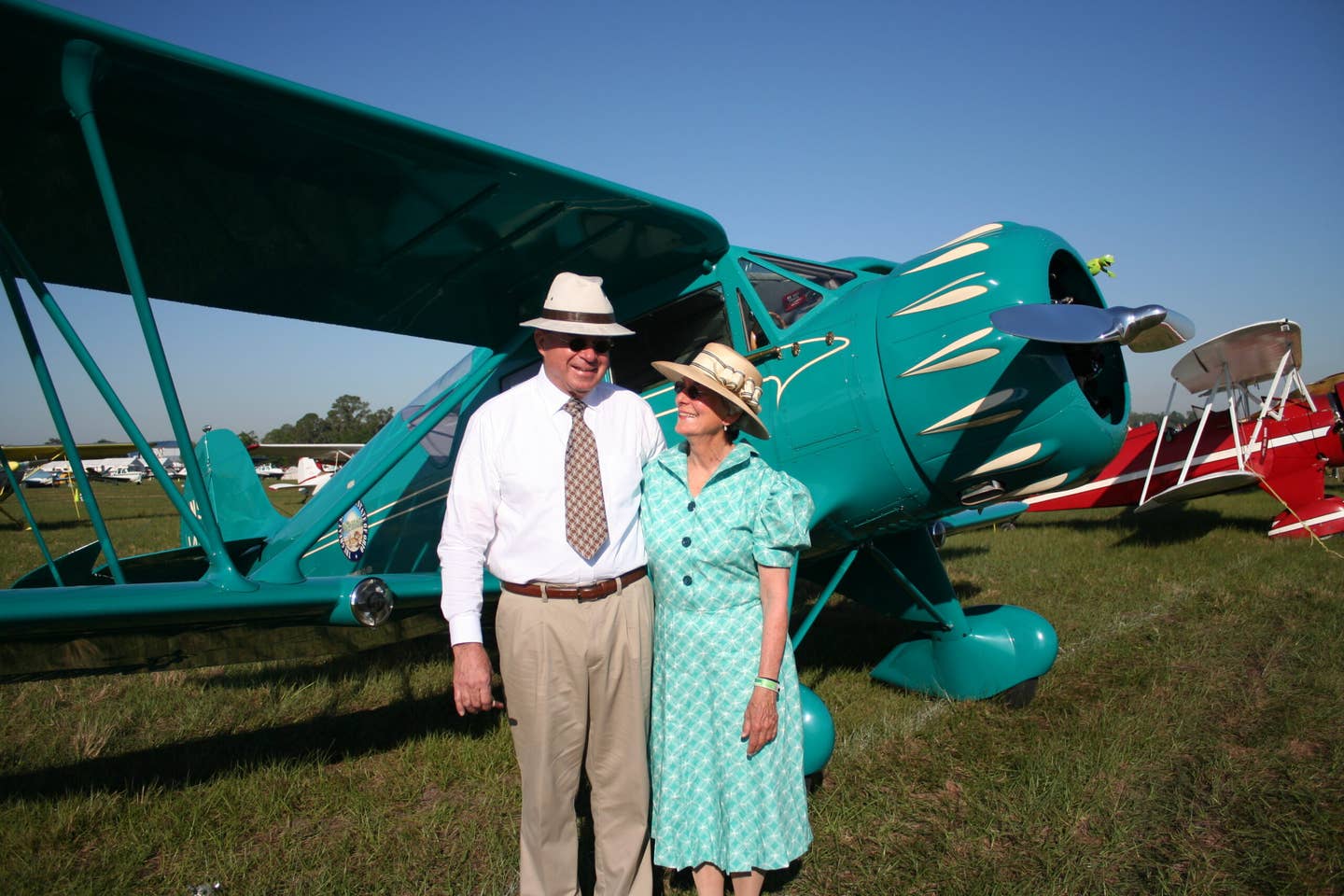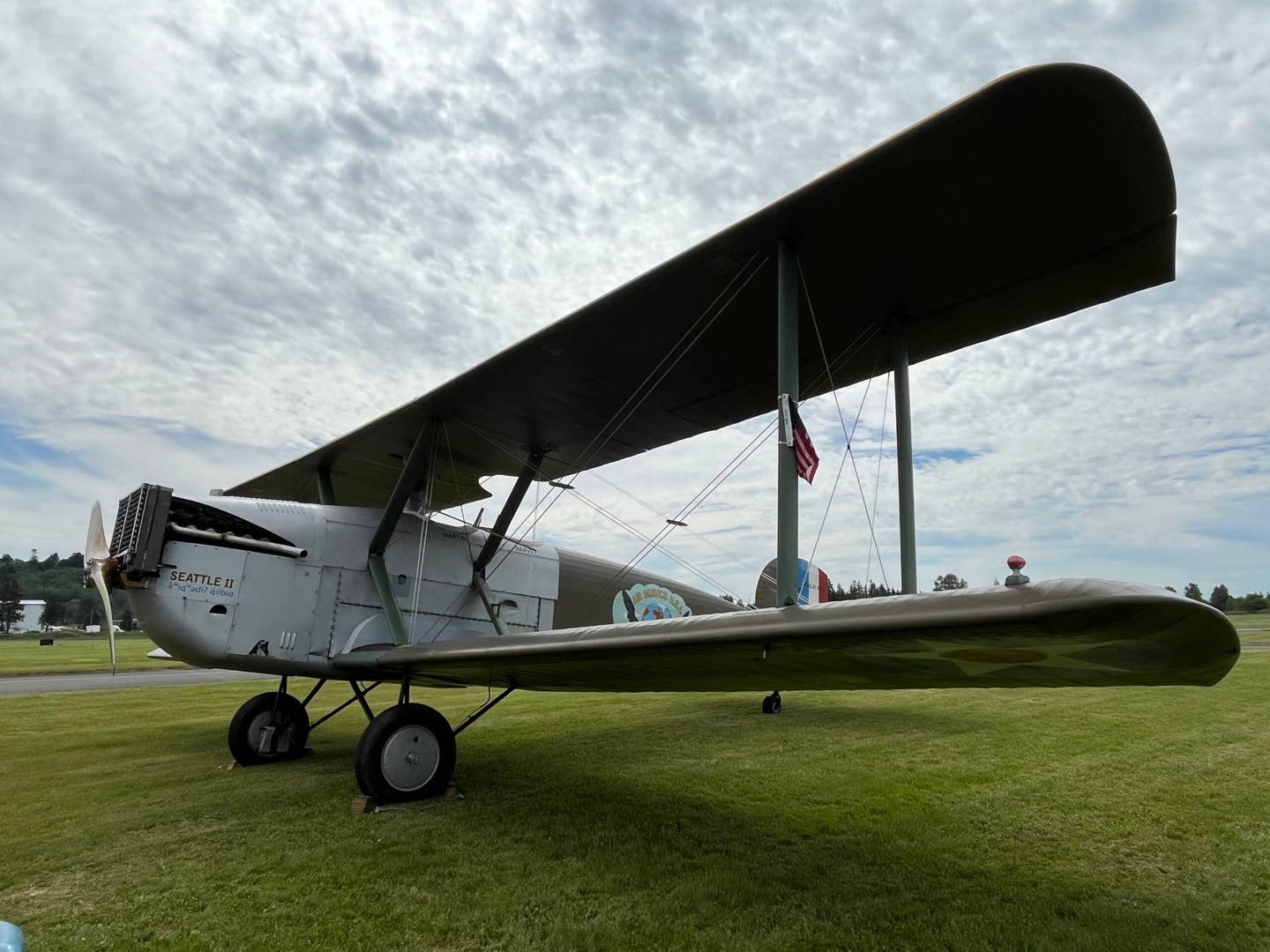More Than 100 Aircraft Gather To Honor Wiley Post and Will Rogers
Will Rogers/Wiley Post Fly-In celebrates an early coupling of aviation and pop culture.
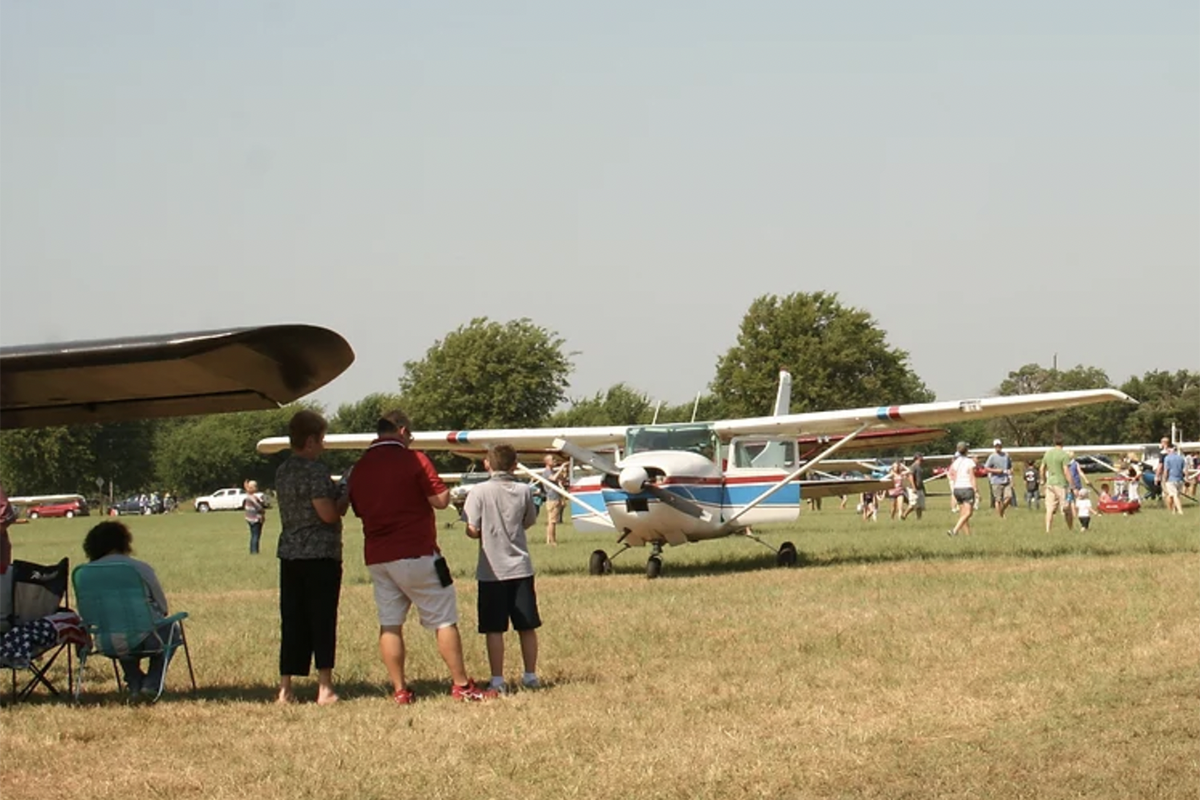
The fly-in took place at Oklahoma’s Dog Iron Ranch (OK37). [Courtesy: Will Rogers Memorial Museum & Birthplace Ranch]
Passing through Oologah, Oklahoma, last weekend, one might have thought it was 1935, with small airplanes landing on a turf strip in a ranch field, and sightings of two men who looked a lot like the record-setting pilot Wiley Post and famous entertainer Will Rogers.
In fact, the occasion was the Will Rogers/Wiley Post Fly-In and National Day of Remembrance at the Will Rogers Memorial Museum and Birthplace Ranch. The event marks the day, August 15, 1935, when Rogers and Post died in the experimental aircraft Post had built in Alaska using Lockheed Explorer and Orion components.
More than 100 aircraft flew into Dog Iron Ranch (OK37) to take part in the gathering, which organizers said also “honors all those who have lost their lives in a small airplane crash.”
A Humorist and an Aviator
Post and Rogers were both prominent figures in 1930s popular culture of the 1930s. Rogers, an actor, performer, humorist, and commentator, reached a remarkably large audience through his syndicated newspaper columns and radio shows. He and the legendary transatlantic flyer Charles Lindbergh became friends in the 1920s and Rogers grew increasingly interested in aviation.
During visits to Europe, Rogers saw advances in aircraft and airport infrastructure that seemed well ahead of developments in the U.S. He began actively promoting aviation’s potential as a revolution in transportation. He eventually befriended Post and began flying with him on various exploratory missions, often gathering material along the way for his columns and radio presentations.
In a way, Rogers and Post were on the same proverbial page. Post, a pioneering aviator during the industry’s golden age between the two world wars, was famous for flying around the world twice and setting numerous records. Post’s Lockheed Vega, Winnie Mae, was one of those aircraft. However, Post’s years of experimentation with high-altitude flight, pressurization, and navigation instruments probably did more to advance air transport to the prominence it enjoys today.
Like Rogers, Post saw beyond the immediate gratification of record-setting to a potentially bright future for aircraft as people-movers. For a time, he and Rogers were a powerful promotional team for aviation. With Post working on the leading edge of the era’s technology, Rogers rode with him, tapping out stories on his typewriter, translating the complicated work of flying into reports his readers could digest easily.
In addition to providing entertainment for spectators and an opportunity for the local and pilot communities to get together, the fly-in put a spotlight on an interesting period in aviation's development. Post and Rogers raised awareness of flying as the possible future of long-distance travel when the public, distracted by the effects of the Great Depression, could have easily overlooked the fledgling industry.

Subscribe to Our Newsletter
Get the latest FLYING stories delivered directly to your inbox

